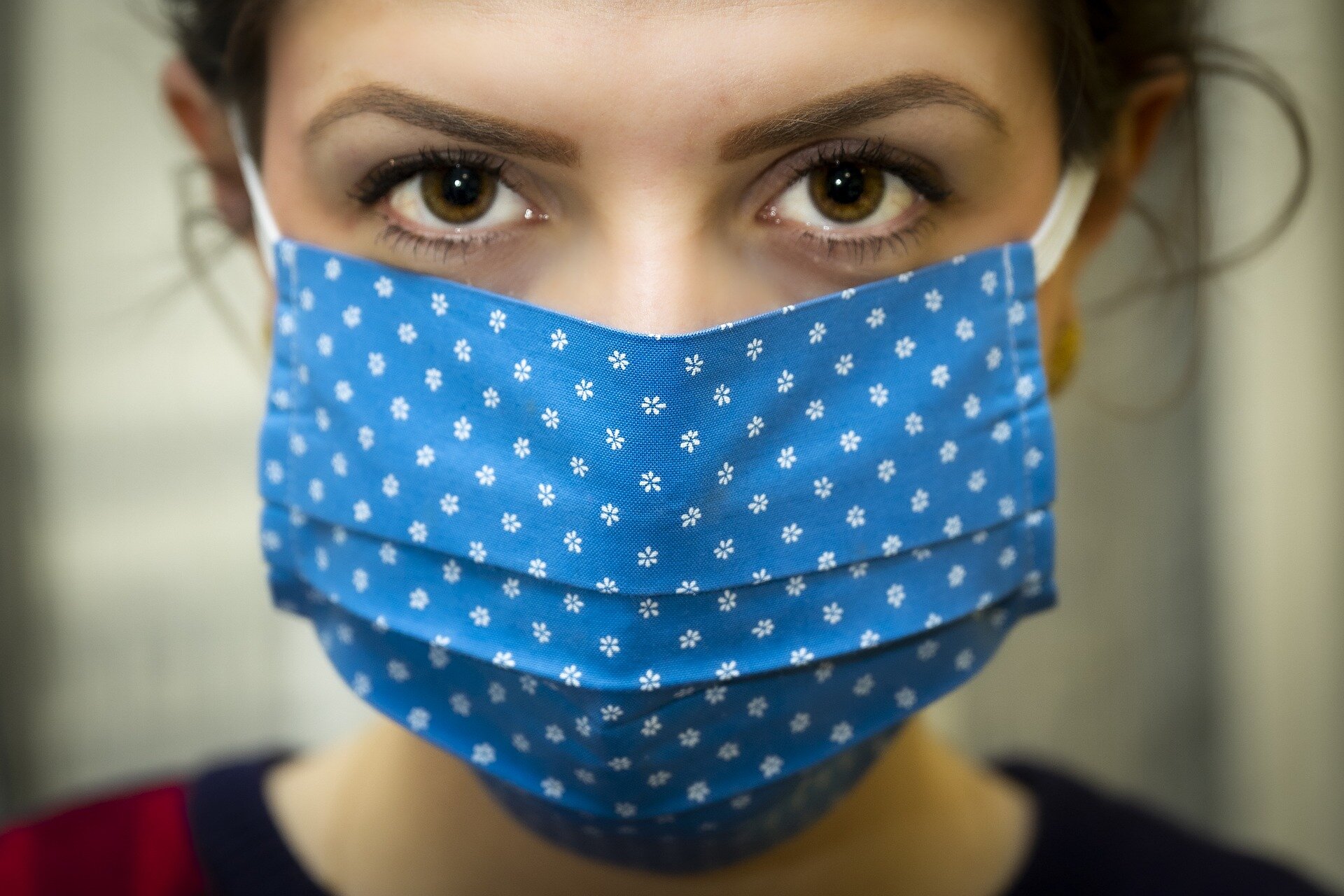
A recent study by researchers from Syracuse University shows that the average daily increase in rural COVID-19 mortality rates has been significantly higher in counties with the largest percentages of Black and Hispanic residents.
The study “COVID-19 Death Rates Are Higher in Rural Counties With Larger Shares of Blacks and Hispanics” was recently published in the Journal of Rural Health.
Blacks and Hispanics have suffered a disproportionate burden of COVID-19 in the United States, but so far, most attention to racial/ethnic disparities in COVID-19 outcomes has been focused on cities rather than rural areas. Rural does not automatically equate to white. Racial/ethnic minorities account for 20 percent of the U.S. rural population, are geographically isolated, and face significant health challenges.
Here are the key findings from the study conducted by researchers from Syracuse University’s Lerner Center for Public Health Promotion and Center for Aging and Policy Studies:
- Compared to rural counties with the lowest percent Black populations (bottom quartile), rural counties in the top quartile of percent Black have had a 70 percent higher average daily increase in their COVID-19 mortality rate.
- Compared to rural counties with the lowest percent Hispanic populations (bottom quartile), rural counties in the top quartile of percent Hispanic have had a 50 percent higher average daily increase in their COVID-19 mortality rate.
The research team included Lerner Center Director Shannon Monnat and Maxwell School of Citizenship and Public Affairs PhD students Kent Cheng and Yue Sun. All three authors are also affiliated with the Policy, Place, and Population Health Lab in the Maxwell School.
“COVID-19 mortality is not distributed equally across the rural U.S., and the COVID-19 race penalty is not restricted to cities,” Monnat said. “Several interventions are needed to reduce these geographic and racial/ethnic disparities.
“First, we must increase access to free COVID-19 testing in rural areas generally, but especially in rural areas with vulnerable population groups,” Monnat continued. “Second, local governments should work with trusted community-based organizations, including the faith-based community, to help educate, conduct testing and contact tracing, and provide necessary personal protective resources to Black and Hispanic residents.”
For more information about the potential explanations for these geographic disparities and potential interventions to address them, read the Lerner Center for Public Health promotion research brief “Rural COVID-19 Mortality Rates are Highest in Counties with the Largest Percentages of Blacks and Hispanics.”


Leave a Reply